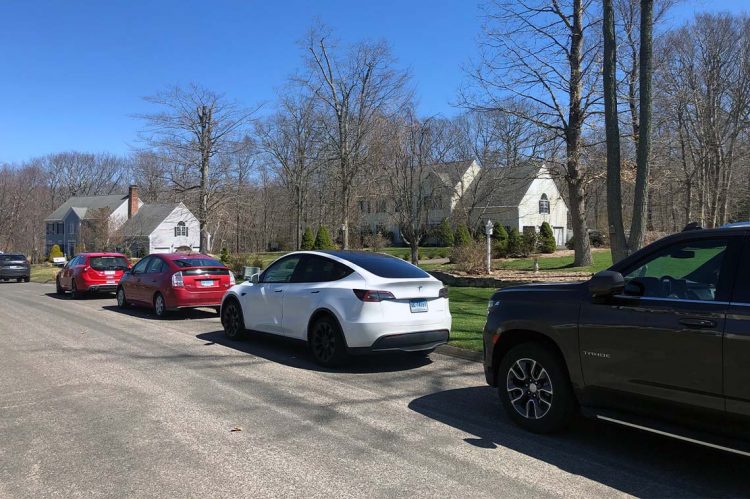Traditionally, spring has meant sunshine and showers, flings and flowers.
Seamlessly Navigate Each Step of the Transaction for Your Clients
Understand every piece of the transaction puzzle to ease your client’s experience. Earn the Accredited Buyer’s Representative (ABR®) designation to grow your business and get more repeat clients this year. Get started today.
Business Tip of the Day provided by
Categories
The Most Important Real Estate News & Events
Click below to receive the latest real estate news and events directly to your inbox.
By signing up, you agree to our TOS and Privacy Policy.













